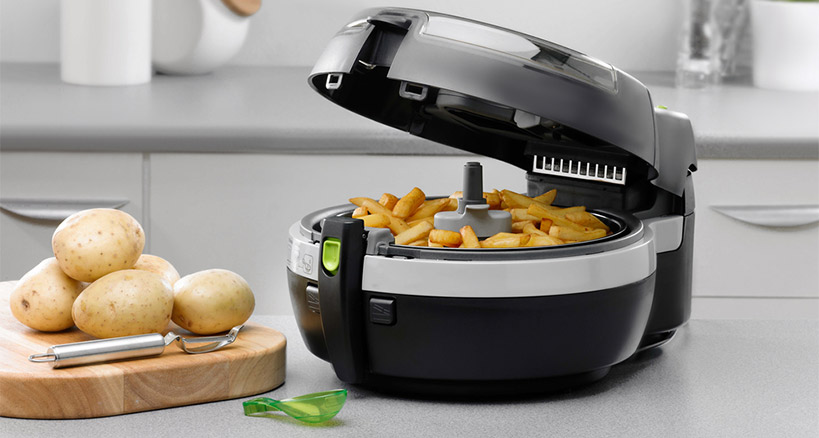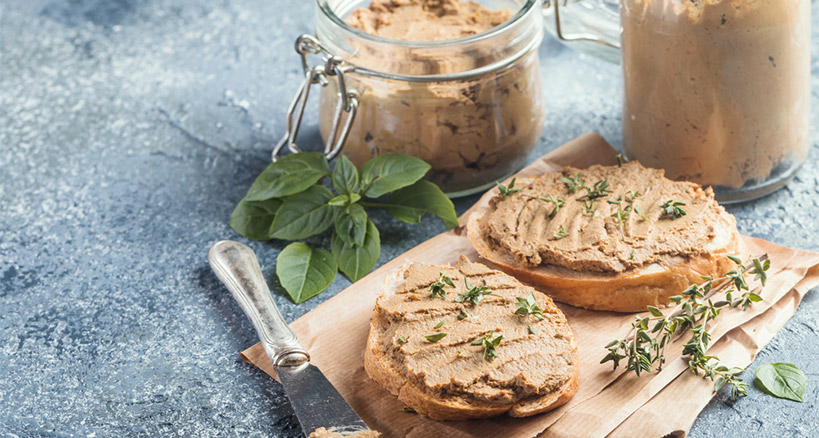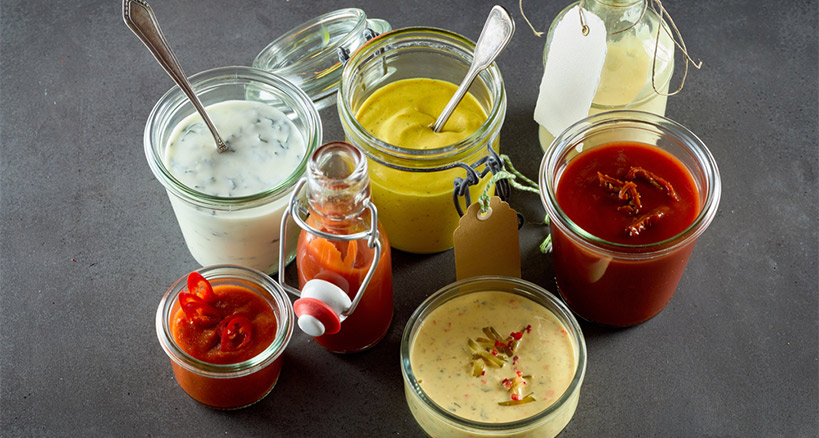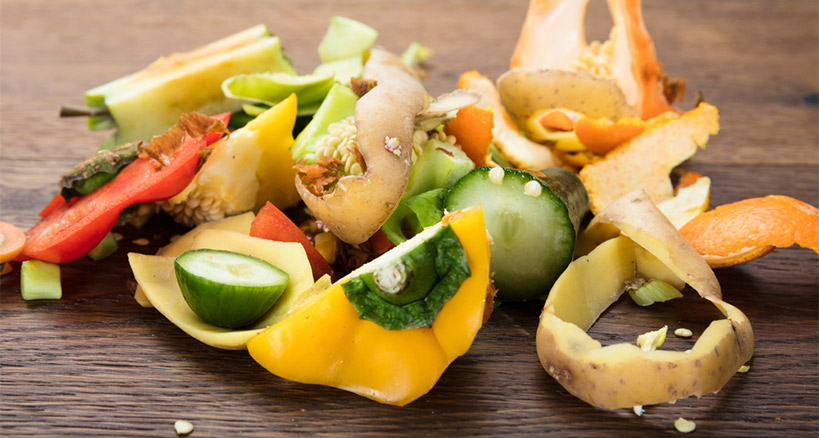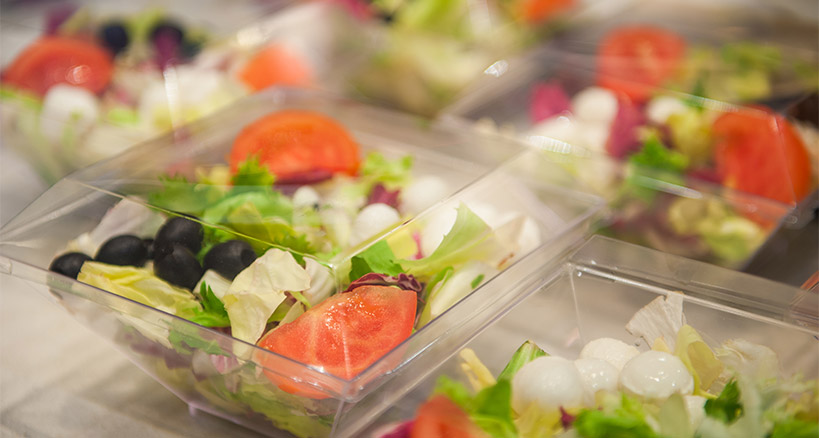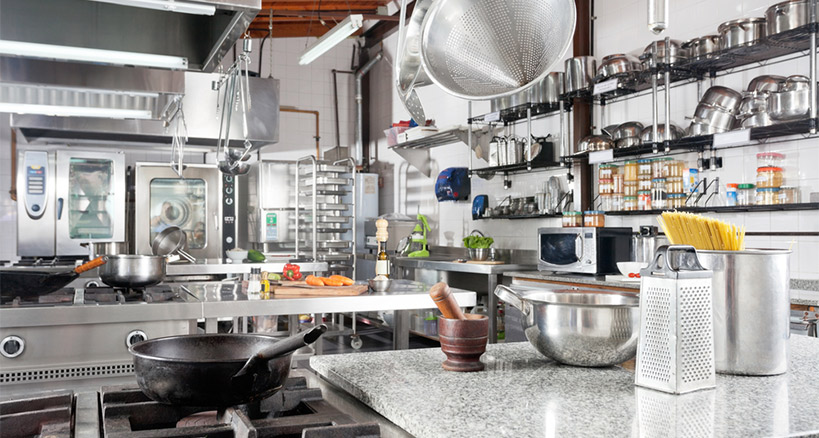
How to Create a Gut-Friendly Catering Menu
For years, we thought of bacteria as organisms that are bad for us, even deadly. However, research has shown that the human body is loaded with “good bacteria,” which help us to digest food and contribute to our well-being. Serving “gut-friendly foods,” – foods that contain friendly bacteria that aid digestion and help to prevent certain diseases – is a big catering trend right now. Add these foods to your menu and your customers will appreciate the effort you make to help keep them healthy while they enjoy your tasty food.
What Are Gut Bacteria?
The gut is simply another word for our gastrointestinal system, which starts in the mouth and includes the esophagus, stomach, pancreas, liver, gallbladder, small intestine, colon, and rectum. The gut is essential in sustaining and protecting the health of our bodies, starting with the intake and absorption of nutrients. The digestive process is the foundation for our body’s ability to function and stay healthy.
Roughly 300 to 500 different kinds of bacteria live inside our gut, along with other tiny organisms, like viruses and fungi, which form the body’s “microbiome.” Every person has a unique microbiome, which is influenced by genes, as well as diet and lifestyle. Our gut bacteria line our digestive system and affect everything from our immune system and metabolism, to our moods and temperament. Gut bacteria help to break down the foods we eat and aid in the digestion of the nutrients that support our body’s functions, such as energy production, skin health, and mental health.
Continue reading How to Cater for Clients Who Want Gut-Friendly Foods

